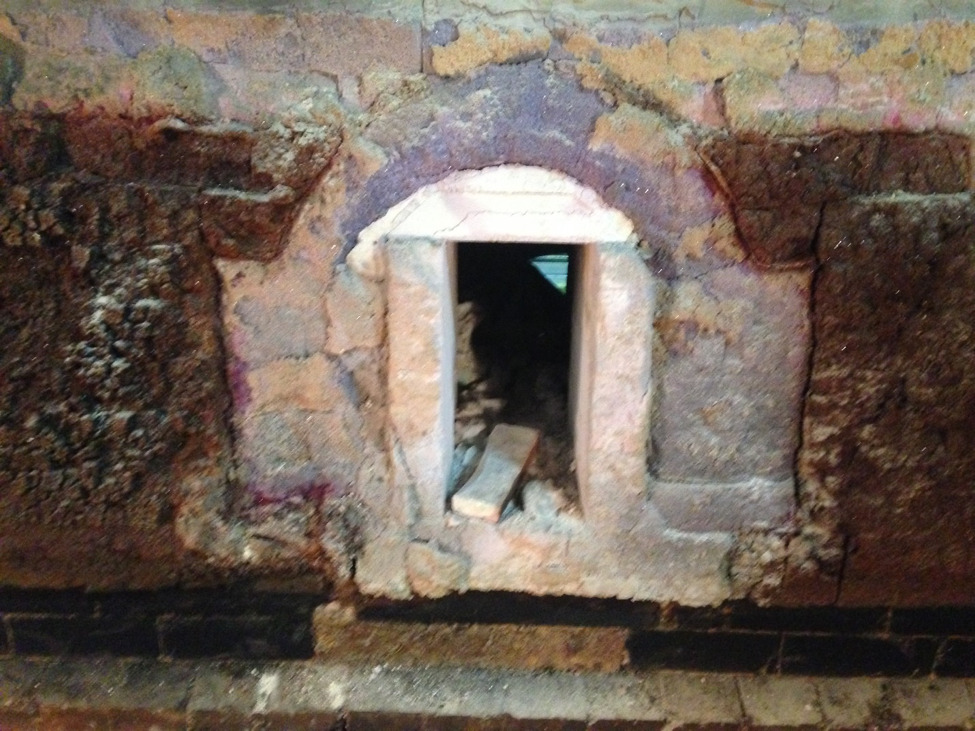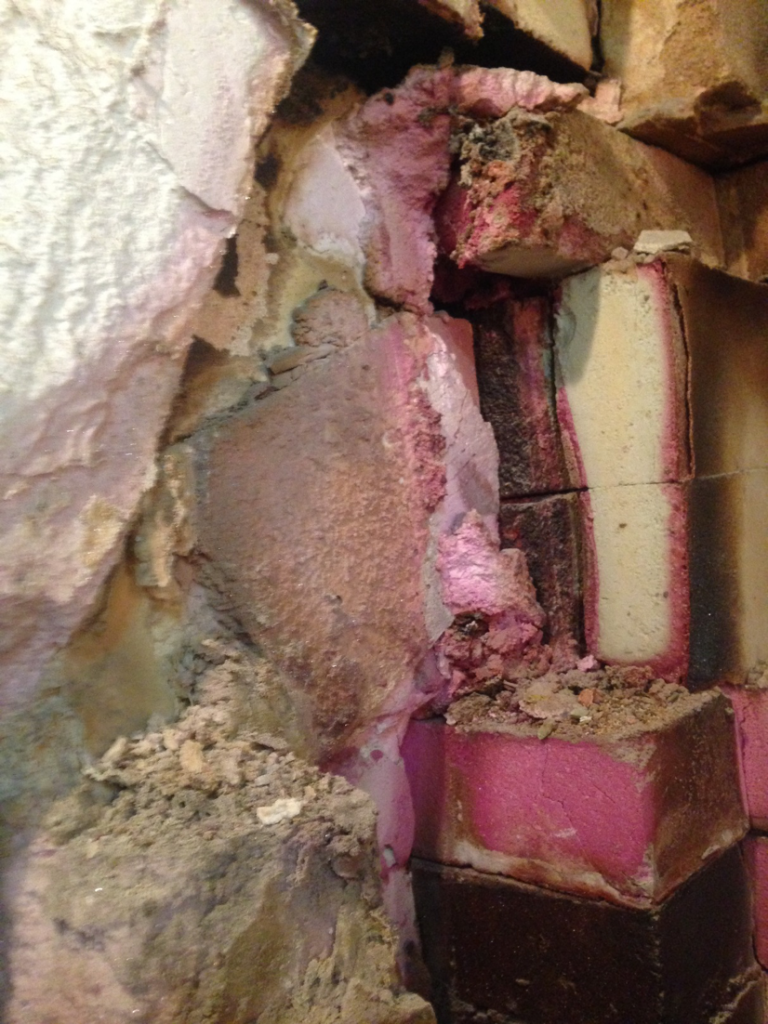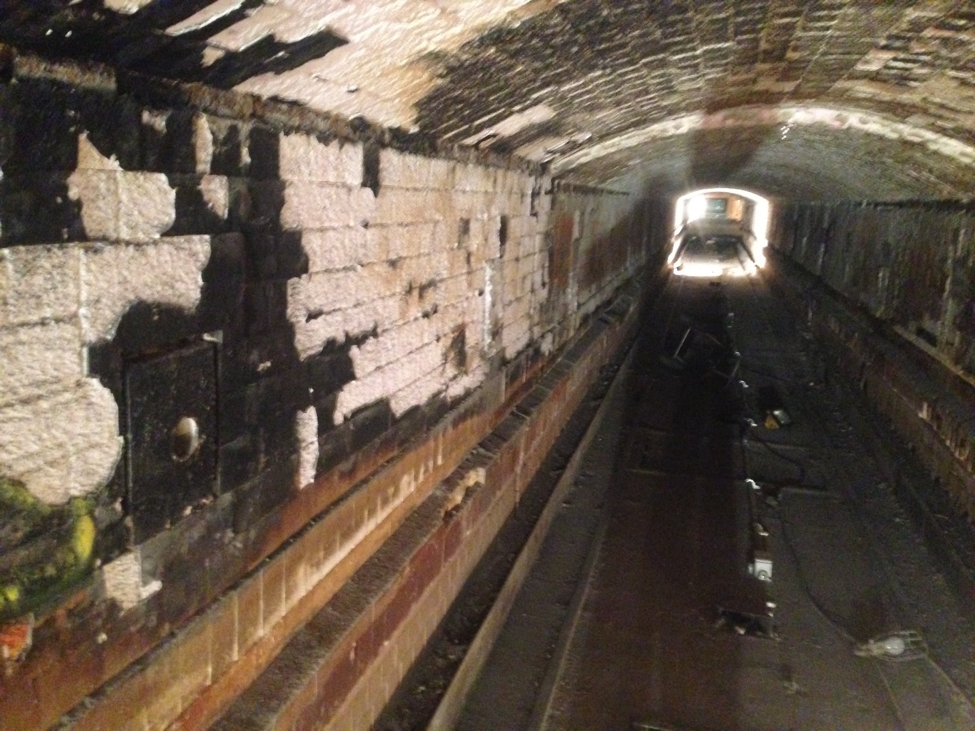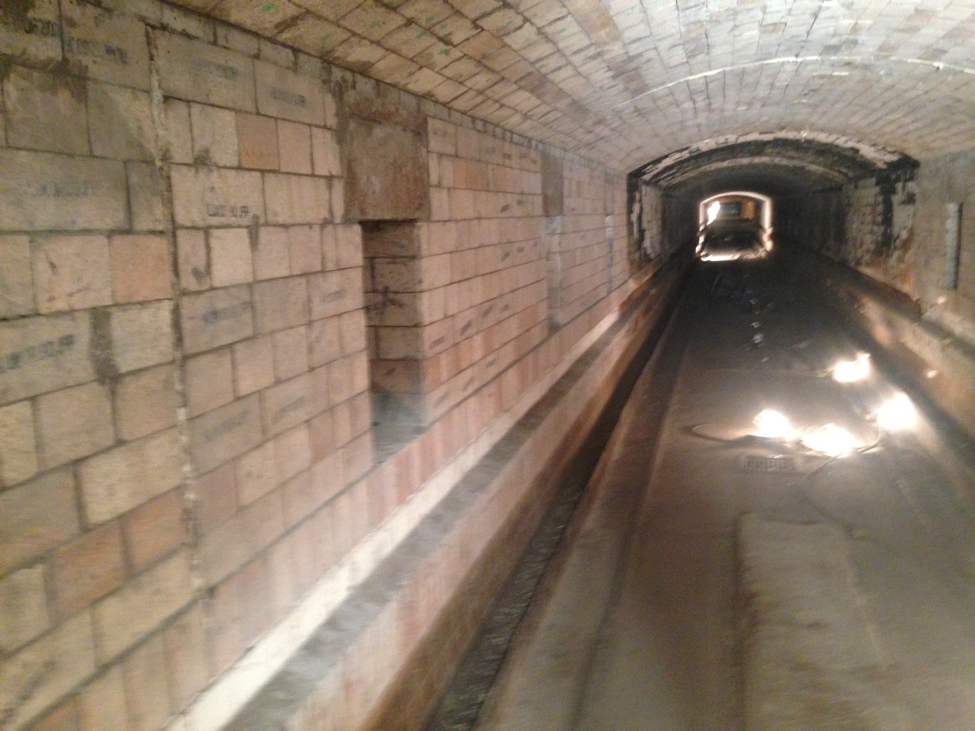Rebuilding a Kiln for a Major Refractory Manufacturer
Construction contractors don’t always have the best long-term reputations. It’s common for them to come and go, even in our specialty industry of refractory contracting.
But there can be tremendous value in building a long-term relationship with the right refractory contractor.
An example of this is highlighted by our recent job for a major U.S. refractory manufacturer that produces high temperature refractory brick that is specific to the steel industry. One of our current customers in the red brick industry referred us to this customer because of our long history of performing high-quality brick work on their kiln.
Multiple Contractors, Multiple Configurations
The job consisted of work in the customer’s tunnel kiln. They cast their shapes on a series of presses — where they press the actual brick shape — and then load the bricks onto cars that are sent through the kiln and fired at a high temperature.
When the kiln went down, we uncovered a number of different brickwork configurations: one 10-foot section had one configuration, and the next 10-foot section had a completely different configuration, and so forth. This work had been performed by different contractors over the years.
Unfortunately, this is common in older kilns. When you have multiple repairs performed by different contractors, it’s common for contractors to fail to match specs and simply install brickwork using their preferred material and methods or what is most expedient for them.
What results is one big ugly band aid.
Doing the job right required significant attention to detail. The prints for the kiln were old and vague, so here’s how we approached it:
- Our diverse and experienced management team reviewed the drawings and initial material list. These individuals have a combined 150 years of experience in brickwork and Tunnel Kiln construction.
- After multiple site visits to confirm measurements, equipment, lining configuration and most importantly, to understand the true goal of the project, F.S. Sperry was able to propose the best possible solution for the project.
- We were able to conduct the repairs in the quoted schedule and even with the addition of some repairs that were outside the original scope.
Project Results
This photo shows some of the patching / band aid work that had been completed prior to F.S. Sperry’s work on the kiln. You can see various types of refractory such as plastic / brick and insulation board that has been installed around a burner opening in the kiln wall.

This photo is a great example of utilizing the wrong material for the application. A previous contractor installed a sub-standard ceramic blanket in a critical expansion joint in the high heat zone of the kiln. Where a 3000 degree ceramic blanket should have been installed, a 2600 degree ceramic blanket was substituted and installed. The failed ceramic blanket expansion joints literally surpassed its melt point and compromised brick in the hot face lining of the kiln.

This photo was taken prior to the start of our work and shows the pre-repair condition of the unit.

This photo was taken at the completion of the project and shows the installation of the new brick refractory lining.

Taking the Long View
For plant engineers and maintenance managers, building a long-term relationship with your refractory contractor can provide tremendous cost benefits over the long haul. These savings are not always readily visible to the purchasing folks, but they show up in less downtime, increased efficiency and fewer instances of rework.
Our management team has focused on building long-term relationships with folks in the kiln industry over many decades. We’ve performed a lot of original equipment builds with OEMs and continued the work on those same kilns today (and in some instances, the OEM is no longer in business, yet we have the blueprints in our Resource Center).
Relationships are important to us. Our reputation is important to us. That’s why we work so hard at preserving ours.
And we’ve worked diligently at building it since our inception in 1946.
Comments are closed.

